This cartoon shows the relative sizes of a typical raindrop, a droplet of water in a cloud, an extremely large aerosol particle, and a smaller aerosol particle of a more typical size. Even smaller aerosol particles exist; some as small as 10 nanometers (0.01 microns) across. Those particles would be invisible at even this magnified size scale.
Click on image for full size
Randy Russell / Windows to the Universe
Aerosols: Tiny Particulates in the Air
When you look up at the sky, you are looking at more than just air. There are also billions of tiny bits of solid and liquid floating in the air.
These tiny particles are called aerosols or particulates. Some of them are so small that they are invisible. Others are large enough to see, but they are still very small.
Some of them are natural. The dust from dry regions that is blown by the wind makes aerosols. Particles released by erupting volcanoes or forest fires make aerosols too. Salt from the ocean can also get into the air.
We, humans, add aerosols to the atmosphere too. Aerosols are a part of air pollution from cars, power plants, and factories.
Smaller and lighter aerosols can stay in the air longer than larger aerosols. Gravity can bring larger ones to the ground in a few hours. The smallest ones can stay in the air for weeks.
Aerosols affect Earth’s climate. Aerosols help clouds form in the sky and the number and types of clouds affects climate. Certain types are able to scatter or absorb sunlight, which affects climate.
The aerosols that are from air pollution are bad for people’s health. If the little particles get into a person’s lungs it can make him or her very ill. Aerosols also cause haze in many parts of the world.
Last modified June 25, 2008 by Lisa Gardiner.
You might also be interested in:
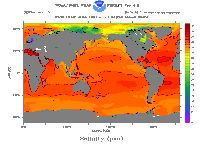
Almost 3/4 of the Earth is covered with water. Almost all of that water is in the oceans. Have you ever been swimming in the ocean? If you have and you accidentally got water in your mouth, you know the
...more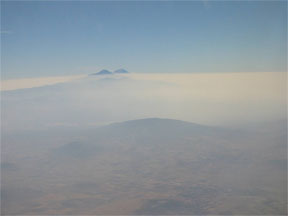
Have you ever heard of air pollution? Air pollution is not new. 700 years ago, when people started burning large amounts of coal 700 years ago in London, England, they complained about the dust and soot
...more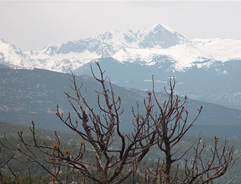
Would you be surprised if smoke from a fire stopped you from seeing nearby buildings or mountains? Probably not. What if there was no fire, and a brown or gray haze filled the sky. Would you be surprised
...more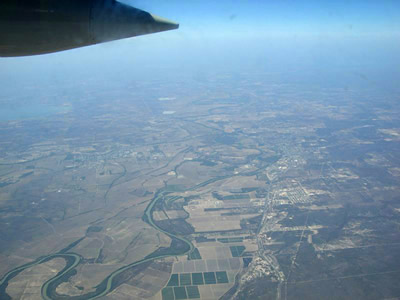
Scientists have been studying tiny particles in the air called aerosols. Aerosols can affect our climate, the amount of clouds in the sky, and the amount of rain that falls from clouds. Aerosols can also
...more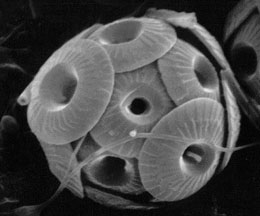
Aerosols are tiny particles that float around in the air. Some are tiny drops of liquid. Others are solid. They are all very, very small. Some aerosols come from the ocean. Small particles of sea salt
...more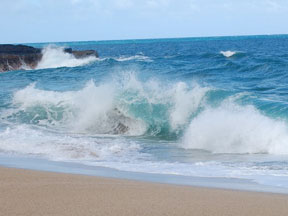
Have you ever been to the ocean? If so, you know that ocean water has salt in it. But did you know that air has salt in it, too? Many types of tiny particles float around in the air. Scientists call these
...more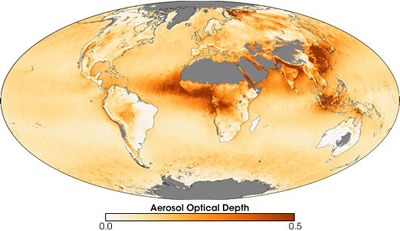
Mark Flanner, a scientist who studies climate change, conducted a study that found that snow melts faster during the spring in Europe and Asia than in North America. Flanner and his colleagues think that
...more















